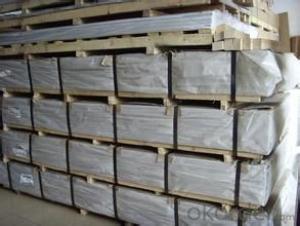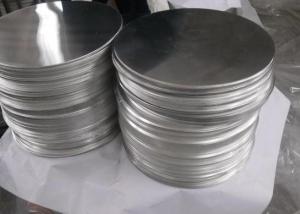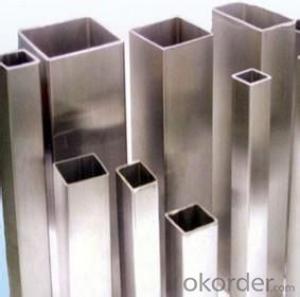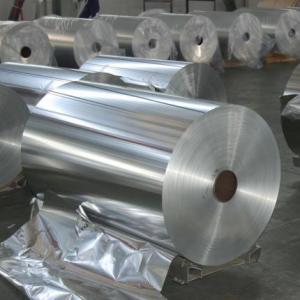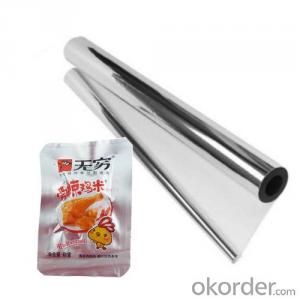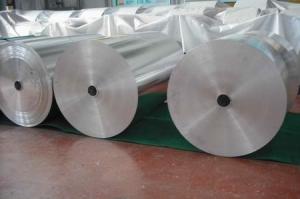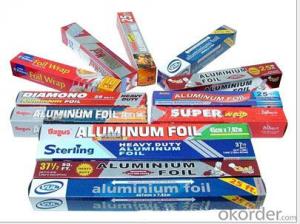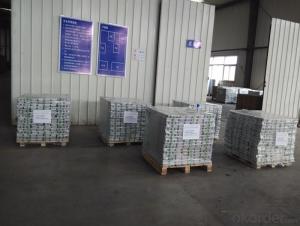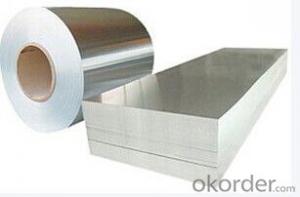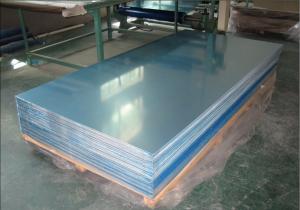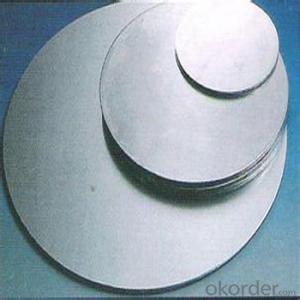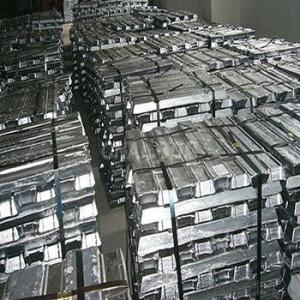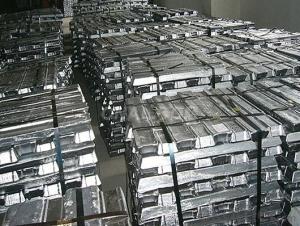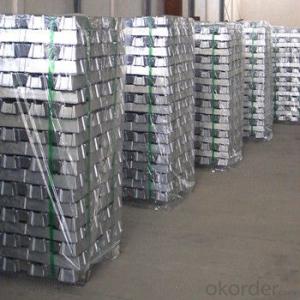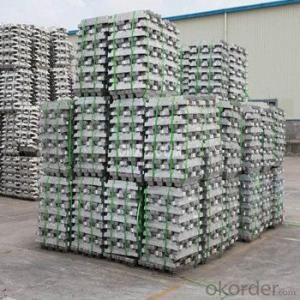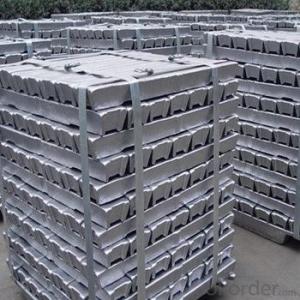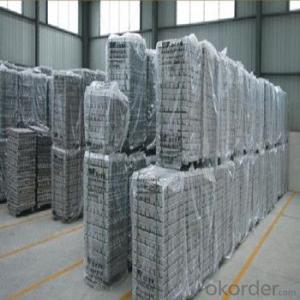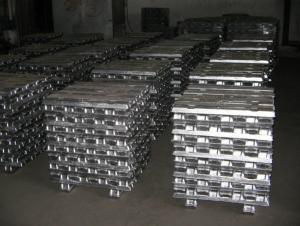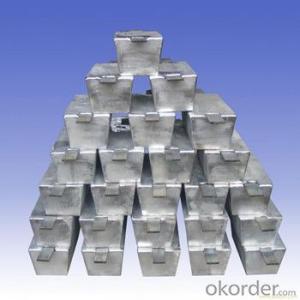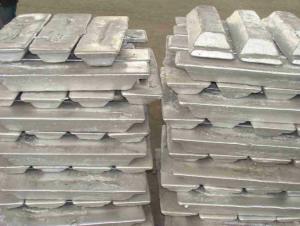Aluminium Ingots Uk
Aluminium Ingots Uk Related Searches
Galvanized Steel Stucco Netting Lg Refrigerator Stainless Steel Lg Stainless Steel Refrigerator Stainless Steel Ge Refrigerator Ge Stainless Steel Refrigerator Aluminium Modelling Mesh Aluminium Formwork Singapore Kumkang Aluminium Formwork Aluminium Extrusion Uv Coated Polycarbonate PanelsHot Searches
Aluminium Wire Mesh Manufacturers India Ceiling Fan Lowest Price Aluminium Scaffold Planks Sale Aluminium Walkway Mesh Prices Lasani Wood Sheet Price 4Mm Mdf Sheet 1220X2440Mm Price Cost Of Drywall Per Sheet Aluminium Scaffold Planks Sale Buy Sheet Plastic Aluminium Walkway Mesh Prices 9Mm Mdf Sheet Prices Tinplate Sheet Suppliers Stucco Scaffolding For Sale Buy Alabaster For Carving Aluminium Scaffold Planks Sale Aluminium Walkway Mesh PricesAluminium Ingots Uk Supplier & Manufacturer from China
Okorder.com is a professional Aluminium Ingots Uk supplier & manufacturer, offers integrated one-stop services including real-time quoting and online cargo tracking. We are funded by CNBM Group, a Fortune 500 enterprise and the largest Aluminium Ingots Uk firm in China.Hot Products
FAQ
- There are several advantages of using aluminum ingots in the production of aircraft structures. Firstly, aluminum is known for its lightweight properties. This is crucial in the aerospace industry as it helps reduce the overall weight of the aircraft, leading to improved fuel efficiency and lower operating costs. The use of aluminum ingots allows manufacturers to create lightweight yet strong structures, enabling aircraft to carry more payload or fly longer distances. Secondly, aluminum has excellent corrosion resistance. Aircraft are exposed to various environmental factors such as moisture, humidity, and temperature fluctuations. Aluminum's natural corrosion resistance helps protect the aircraft's structure from degradation over time, ensuring durability and longevity. Additionally, aluminum ingots offer high strength-to-weight ratio. This means that even though aluminum is lighter than most metals, it still possesses remarkable strength. This property is crucial in aircraft structures, as it allows engineers to design components that can withstand the stresses and forces experienced during flight, ensuring the safety of passengers and crew. Moreover, aluminum is highly malleable and can be easily formed into complex shapes. This flexibility in manufacturing allows for intricate designs and precise engineering, enabling the production of aerodynamically efficient and structurally sound aircraft structures. It also simplifies the assembly process, reducing production time and costs. Furthermore, aluminum is a widely available and cost-effective material. Its abundance makes it easily accessible for manufacturers, ensuring a steady supply chain. Additionally, its cost-effectiveness allows for more affordable aircraft production, making air travel more accessible to a larger population. In conclusion, the advantages of using aluminum ingots in aircraft structures include lightweight properties, corrosion resistance, high strength-to-weight ratio, malleability, and cost-effectiveness. These characteristics make aluminum an ideal choice for aerospace manufacturers, contributing to the overall efficiency, safety, and affordability of aircraft production and operation.
- There are several limitations associated with using aluminum ingots in high-temperature applications. Firstly, aluminum has a relatively low melting point of around 660 degrees Celsius. This means that it may not be able to withstand extremely high temperatures typically encountered in some industrial processes or aerospace applications. At such elevated temperatures, aluminum tends to soften and lose its mechanical strength, which can compromise the integrity and functionality of the component or structure. Secondly, aluminum has a high coefficient of thermal expansion. This means that it expands significantly when exposed to heat. This expansion can lead to dimensional instability and can cause issues such as warping or distortion of the component, especially when subjected to rapid or uneven heating and cooling cycles. These dimensional changes can affect the accuracy of the final product and may require additional measures to compensate for the thermal expansion. Additionally, aluminum has relatively poor resistance to oxidation at high temperatures. When exposed to oxygen at elevated temperatures, aluminum can form a thin layer of aluminum oxide, which can act as a barrier and protect the underlying metal from further oxidation. However, at extremely high temperatures, this protective layer can break down, leading to increased susceptibility to oxidation and corrosion. This can result in a reduction in the strength and durability of the aluminum component. Lastly, aluminum has a relatively low strength compared to other materials such as steel or titanium. While aluminum alloys can be developed to enhance their strength, they still may not be suitable for applications requiring exceptional strength at high temperatures. In situations where high mechanical strength is crucial, alternative materials with better high-temperature strength properties may be more suitable. In summary, the limitations of using aluminum ingots in high-temperature applications include its low melting point, high coefficient of thermal expansion, susceptibility to oxidation, and relatively low strength. These factors need to be carefully considered when selecting materials for high-temperature applications to ensure the desired performance and reliability of the components or structures.
- Aluminum ingots play a crucial role in the production of building facades due to their beneficial properties and versatility. The use of aluminum ingots allows for the creation of lightweight, durable, and aesthetically pleasing facades in modern architecture. Firstly, aluminum ingots are melted down and cast into various shapes and sizes, depending on the specific design requirements of the building facade. This casting process ensures that the aluminum is in a form that can be easily manipulated and fabricated into different components of the facade. Once the ingots have been cast, they can be extruded or rolled into sheets, panels, or profiles. These aluminum sheets or panels are then cut, shaped, and assembled to create the desired facade design. The ability to easily cut and shape aluminum allows for intricate designs and customization options, enabling architects to bring their creative visions to life. One of the key advantages of aluminum ingots in building facades is their lightweight nature. Aluminum has a low density, making it much lighter than other metals such as steel. This characteristic reduces the overall weight of the facade, making it easier to install and reducing the load on the building's structure. Additionally, the lightweight nature of aluminum enables larger and more expansive facade designs, allowing for greater design possibilities. Aluminum ingots also possess excellent corrosion resistance, which is essential for building facades exposed to various weather conditions. The natural oxide layer that forms on the surface of aluminum protects it from rust and corrosion, ensuring the longevity and durability of the facade. This resistance to corrosion reduces maintenance costs and extends the lifespan of the building facade. Furthermore, aluminum ingots offer a high degree of thermal conductivity. This property allows for effective thermal management in building facades, helping to regulate temperature and reduce energy consumption. Aluminum facades can be designed with insulation materials to enhance energy efficiency, contributing to sustainable building practices. In terms of aesthetics, aluminum ingots provide a wide range of finishing options. They can be anodized, painted, or coated in various colors and textures to achieve the desired appearance. Aluminum facades can also be combined with other materials, such as glass or stone, to create visually striking and modern facades that enhance the overall architectural design. In summary, aluminum ingots are extensively used in the production of building facades due to their lightweight nature, corrosion resistance, thermal conductivity, and design versatility. These properties allow architects and designers to create durable, energy-efficient, and visually appealing facades that contribute to modern architectural trends.
- The dimensions of a typical aluminum ingot vary, but they are commonly rectangular in shape and can measure approximately 20 inches long, 6 inches wide, and 3 inches thick. However, these dimensions can vary depending on the specific requirements and standards of the industry.
- What is the re ingot?Please give me a detailed explanation
- Fried with ashes of aluminum, cast aluminum ingots. Some will use high silicon scrap, aluminum ingots and GB more than words, the difference lies in the high silicon iron is high, some such.
- I would like to ask, aluminum water poured into the mold, what should pay attention to? Aluminum solidification in the mold after the aluminum ingot, how can I get it out?
- When the mould is opened, the hammer is used to mark the template, and the 4 shafts on it strike another template to make it open. Die casting equipment is generally equipped with a die, directly push the sub templates, mold opening.
- Aluminum ingots play a crucial role in the production of aircraft engines as they are used to manufacture various engine components. Aluminum, being lightweight and possessing excellent thermal conductivity and corrosion resistance, is an ideal material for aircraft engines. The ingots are melted and cast into different shapes to create parts such as engine casings, pistons, cylinder heads, and other structural components. These ingots provide strength and durability while helping to reduce the overall weight of the engine, resulting in improved fuel efficiency and performance of the aircraft.

